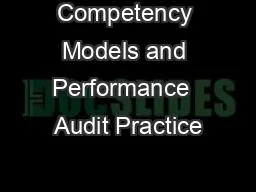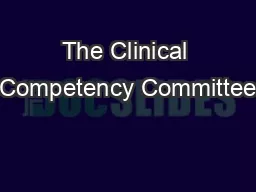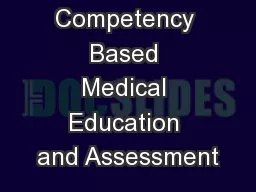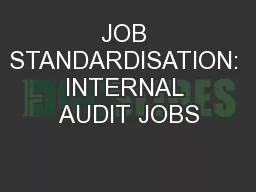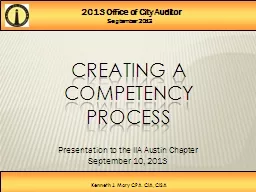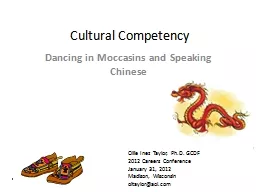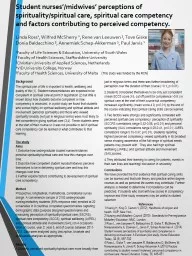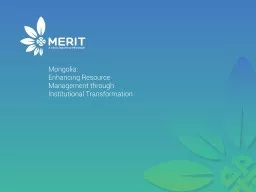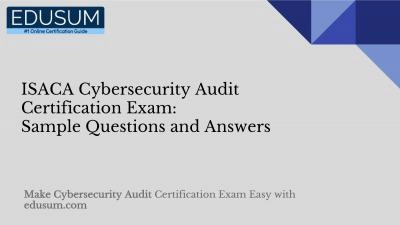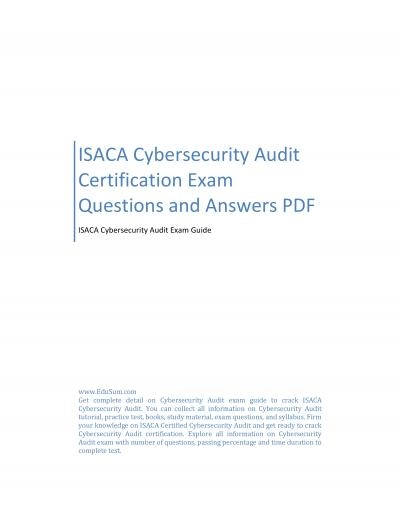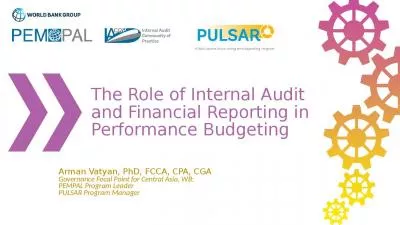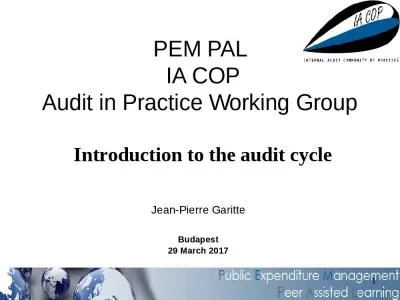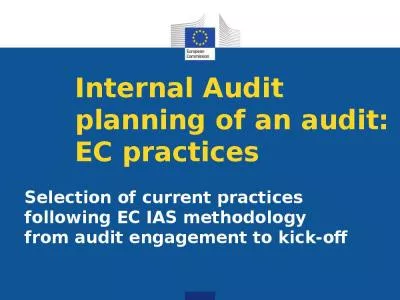PPT-Competency Models and Performance Audit Practice
Author : mastervisa | Published Date : 2020-06-30
John Sweeney 10 April 2019 Topics Understanding competencies A conceptual modelbenchmark Cross cutting specific audit related amp discretionary Proficiency
Presentation Embed Code
Download Presentation
Download Presentation The PPT/PDF document "Competency Models and Performance Audit..." is the property of its rightful owner. Permission is granted to download and print the materials on this website for personal, non-commercial use only, and to display it on your personal computer provided you do not modify the materials and that you retain all copyright notices contained in the materials. By downloading content from our website, you accept the terms of this agreement.
Competency Models and Performance Audit Practice: Transcript
Download Rules Of Document
"Competency Models and Performance Audit Practice"The content belongs to its owner. You may download and print it for personal use, without modification, and keep all copyright notices. By downloading, you agree to these terms.
Related Documents

